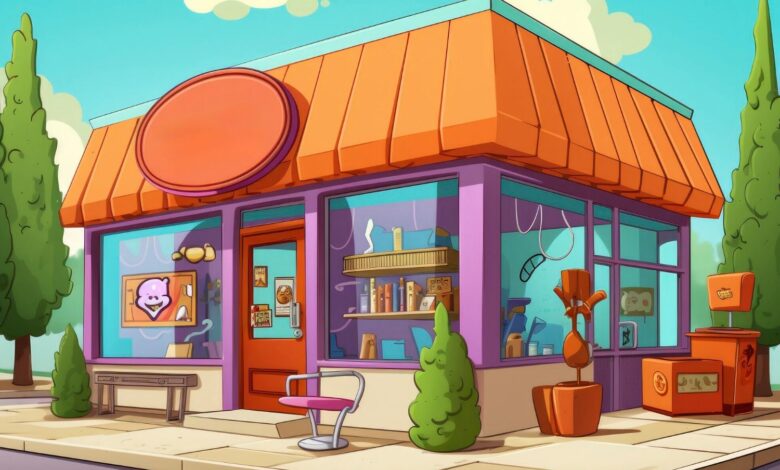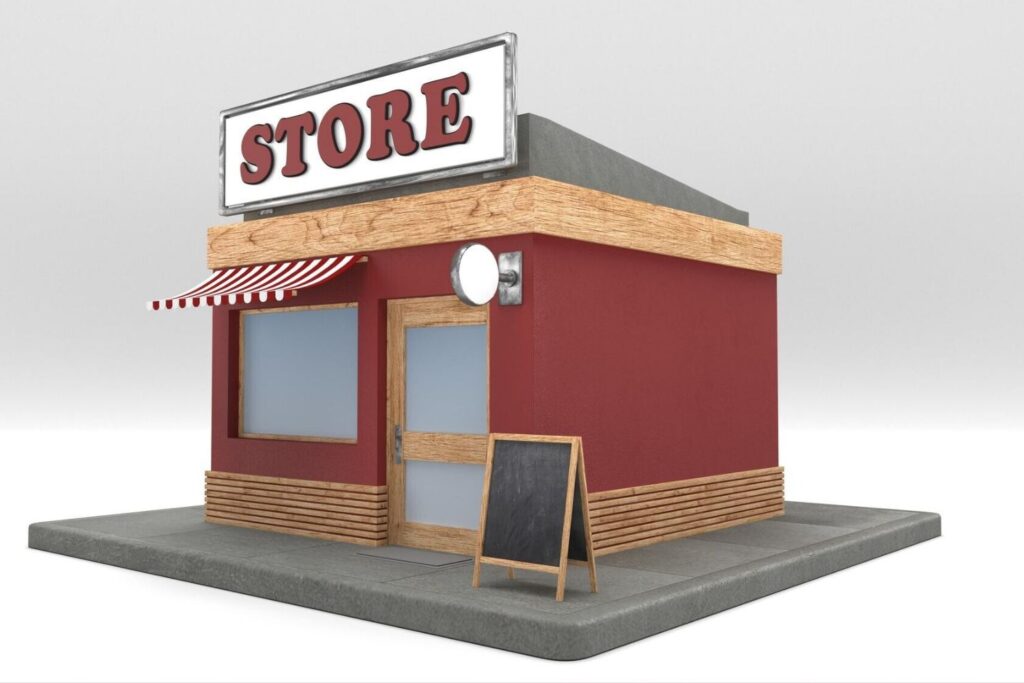Khadi bhandar near me

, woven not just with yarn, but with the dreams of freedom, self-reliance, and sustainable living. Khadi, a fabric that breathes the essence of India, has journeyed from the modest spinning wheels of rural artisans to the haute couture ramps of global fashion. In an era where the fast-paced world often overlooks the simple, the humble Khadi stands as a testament to the enduring spirit of craftsmanship. This article will explore the depths of Khadi, unraveling its rich history, its relevance in contemporary fashion, and the vital role Khadi Bhandars play in preserving this timeless craft.
1. The History of Khadi
a. Khadi’s Origins and Gandhi’s Role
Khadi’s tale begins in the quiet corners of India, where Mahatma Gandhi envisioned it as more than just a fabric. For him, Khadi was a tool for economic independence, a symbol of resistance against colonial rule. The spinning wheel, or charkha, became an emblem of self-reliance, empowering millions to embrace simplicity and sustainability.
b. Evolution of Khadi over the Decades
As India moved from the shadows of colonialism into the light of independence, Khadi too evolved. From a fabric worn during the freedom struggle to a fashion statement today, Khadi’s journey reflects the changing aspirations of a nation. It has adapted to modern sensibilities while retaining its roots in tradition.
c. Khadi as a Symbol of Freedom and Self-reliance
Khadi is not just a fabric; it is a narrative of freedom woven into the very fabric of India’s soul. Each thread tells a story of struggle and triumph, of the power of self-reliance and the strength of simplicity.
2. The Significance of Khadi in Contemporary Fashion
a. Khadi’s Influence in the Global Fashion Industry
Today, Khadi has transcended its humble beginnings to become a global sensation. Designers from across the world are incorporating Khadi into their collections, recognizing its unique texture and ethical production process. Khadi’s minimalist appeal resonates with the growing global shift towards slow fashion and sustainability.
b. The Role of Khadi in Sustainable Fashion
In an industry often criticized for its environmental impact, Khadi emerges as a beacon of sustainability. Its production involves minimal resources, and it is entirely biodegradable, making it a perfect choice for eco-conscious consumers. The slow and deliberate process of creating Khadi garments aligns with the principles of slow fashion, offering a counter-narrative to the fast-paced world of disposable trends.

c. Iconic Designers Embracing Khadi
From the legendary Ritu Kumar to the avant-garde Abraham & Thakore, many iconic designers have embraced Khadi, reimagining it in contemporary silhouettes and styles. These designers have elevated Khadi from its traditional roots to a fabric that speaks to modern aesthetics while preserving its essence.
3. Exploring Local Khadi Bhandars
a. What to Expect When Visiting a Khadi Bhandar
Stepping into a Khadi Bhandar is like entering a realm where time slows down. The scent of raw cotton, the vibrant colors of hand-dyed fabrics, and the soft hum of traditional weaves create an atmosphere that is both nostalgic and inspiring. Expect to find a variety of products, from simple cotton saris to intricately woven shawls, all bearing the hallmark of authenticity.
b. Popular Khadi Bhandars in Various Regions
Across India, Khadi Bhandars stand as custodians of this rich heritage. From the bustling Khadi Gramodyog Bhavan in Mumbai to the serene Khadi Ashram in Delhi, each Bhandar has its unique collection, offering a glimpse into the region’s cultural tapestry.
c. Unique Finds and Exclusive Collections
Many Khadi Bhandars offer exclusive collections that you won’t find anywhere else. Whether it’s a limited edition handwoven jacket or a rare cotton variant, these unique finds are a testament to the craftsmanship and creativity of local artisans.
4. The Craftsmanship Behind Khadi
a. The Art of Hand Spinning and Weaving
The creation of Khadi begins with the simple yet profound act of hand spinning. The raw cotton is carefully spun into thread using a charkha, a process that requires patience and precision. This thread is then handwoven into fabric on traditional looms, each piece a labor of love and skill.
b. The Role of Artisans and Local Communities
Behind every piece of Khadi is a community of artisans, whose livelihoods depend on this craft. These artisans, often working in rural areas, are the backbone of the Khadi industry. Their expertise, passed down through generations, ensures that each piece of Khadi is a work of art.
c. Preserving Traditional Techniques
In a world increasingly dominated by mechanized production, Khadi stands as a reminder of the beauty of handcraft. Efforts to preserve these traditional techniques are crucial not only for the survival of the craft but also for the communities that rely on it.
5. Benefits of Wearing Khadi
a. Skin-Friendly and Breathable Fabric
Khadi’s natural texture makes it one of the most skin-friendly fabrics available. It is breathable, allowing air to circulate, which keeps the body cool in the summer and warm in the winter. Its hypoallergenic properties make it ideal for those with sensitive skin.
b. Environmentally Friendly and Biodegradable
Khadi’s environmental impact is minimal. From its production, which uses natural dyes and no harmful chemicals, to its disposal, where it biodegrades without leaving a trace, Khadi is a fabric that respects the earth.
c. Promoting Local Economies and Empowering Artisans
By choosing Khadi, consumers are directly contributing to the livelihoods of rural artisans. Each purchase helps sustain local economies and empowers artisans, particularly women, by providing them with a stable source of income.
6. Khadi Bhandar and Community Impact
a. Supporting Local Artisans and Their Families
Khadi Bhandars play a crucial role in supporting local artisans. They provide a platform for artisans to sell their products directly to consumers, ensuring fair wages and helping to uplift entire communities.
b. Khadi Bhandar as a Hub for Cultural Exchange
Khadi Bhandars are not just places to buy fabric; they are hubs of cultural exchange. Here, the stories of artisans are shared, traditional practices are demonstrated, and the rich cultural heritage of India is celebrated.
c. Social and Economic Benefits to the Community
The social and economic benefits of Khadi Bhandars extend beyond the artisans. They help preserve cultural traditions, promote sustainable practices, and contribute to the overall well-being of the community.
7. How to Find Khadi Bhandar Near Me
a. Utilizing Online Resources and Directories
Finding a Khadi Bhandar near you has never been easier, thanks to various online resources and directories. Websites like the Khadi and Village Industries Commission (KVIC) offer comprehensive lists of certified Khadi Bhandars across the country.
b. Apps and Tools for Locating Nearby Bhandars
In the digital age, several apps and tools are available to help you locate the nearest Khadi Bhandar. These apps not only provide directions but also offer information on the products available and the history of the Bhandar.
c. Word of Mouth and Community Recommendations
Often, the best recommendations come from those who have experienced the charm of a Khadi Bhandar firsthand. Asking friends, family, or local communities can lead you to hidden gems that are not listed online.
8. The Future of Khadi Bhandar
a. Trends Shaping the Future of Khadi
The future of Khadi looks promising, with a growing interest in sustainable fashion and ethical consumption. Trends such as the resurgence of traditional crafts, the popularity of handmade products, and the demand for organic clothing are all contributing to Khadi’s revival.
b. Innovations in Khadi Production
Innovation is also playing a role in Khadi’s future. New techniques in dyeing, weaving, and fabric treatment are being explored to enhance Khadi’s appeal while staying true to its roots. Collaborations with designers and brands are bringing Khadi to a wider audience.
c. The Role of Technology in Expanding Khadi Reach
Technology is helping to expand Khadi’s reach beyond traditional markets. E-commerce platforms, social media, and digital marketing are making Khadi accessible to a global audience, ensuring that this timeless craft continues to thrive.
Conclusion
In the rhythmic hum of the spinning wheel and the intricate dance of the loom, Khadi tells a story of resilience, beauty, and timelessness. As we walk through the aisles of a Khadi Bhandar, we are reminded of the hands that spun these threads, the traditions that shaped them, and the future they promise. By supporting Khadi, we are not just choosing a fabric; we are choosing a way of life that values sustainability, craftsmanship, and community. Let us continue to cherish and uplift Khadi, for in doing so, we are preserving a piece of our heritage and investing in a more sustainable future.



